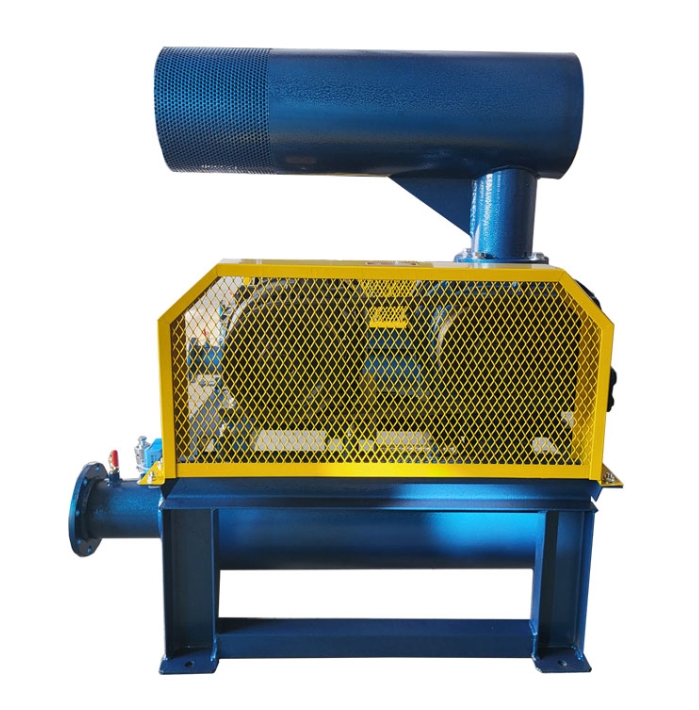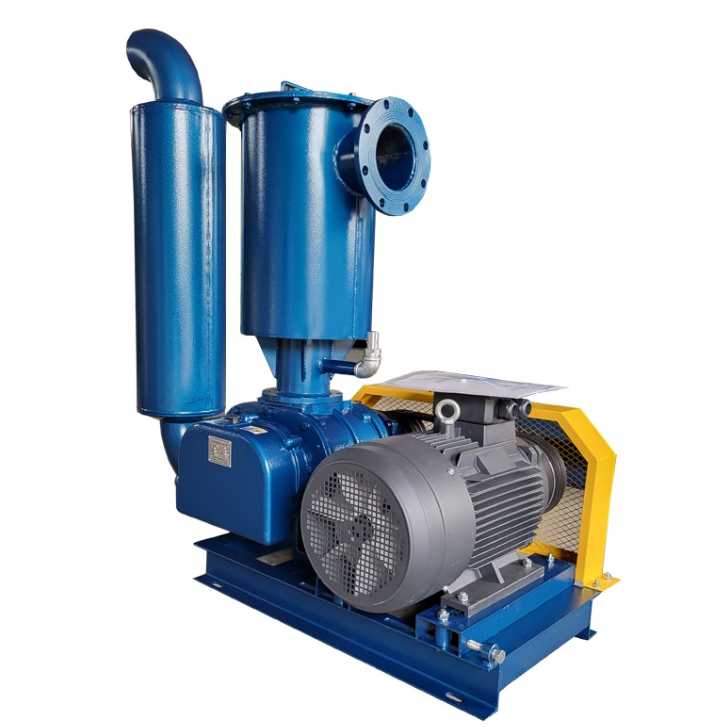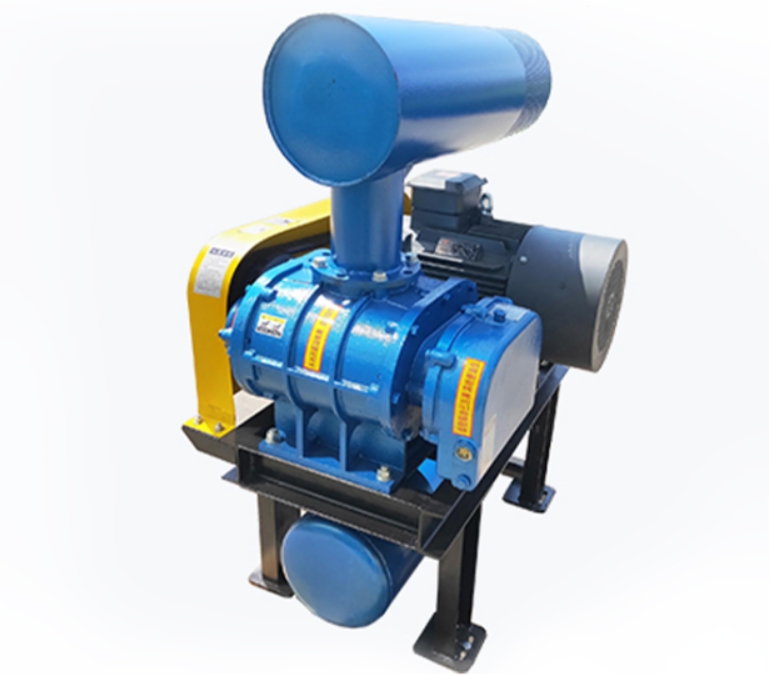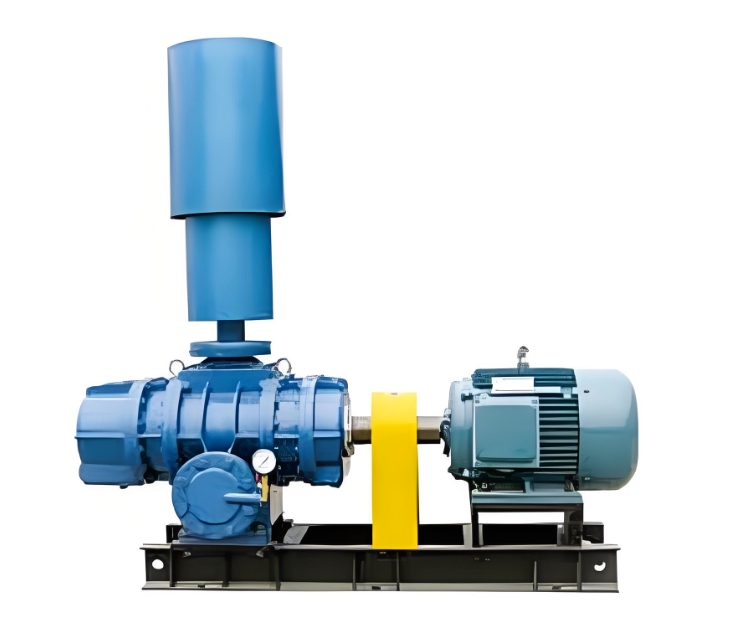The following is the core structure decomposition diagram and key component description of the two blade Roots fan, which helps you intuitively understand its internal structure:
---

**Structural diagram of two blade Roots fan (schematic diagram)**
```plaintext
____________________
|Export flange|
|____________________|
↑
_______________|_______________
| |
_________|_________ _________|_________
|Active rotor (two blades) | | Passive rotor (two blades)|
|(Rotation direction →) | | (Rotation direction ←)|
|___________________| |___________________|
| |
_________|_________ _________|_________
|Gearbox | | Bearing seat|
|(Main/secondary gear meshing) | | (Supporting rotor shaft)|
|__________________| |_________________|
| |
________|_____________ ________|_____________
|Motor | | Base|
|(Direct or belt drive) | | (including shock absorbers)|
|_____________________| |_____________________|
↑
____________________
|Entrance flange|
|____________________|
```
---
**Functional Description of Key Components**
1. * * Rotor (core component)**
-Quantity: 2 two bladed rotors (active and passive).
-* * Shape * *: Straight blade, in the shape of an "∞" or gradually opening line.
-Phase difference: When installing two rotors, they should be staggered by 90 degrees to ensure sealing.
2. * * Gearbox**
-Function: Synchronize the rotation of two rotors (the active rotor drives the passive rotor through gears).
-Gear type: spur gear or helical gear (requires regular lubrication).
3. * * Bearing seat**
-Supporting rotor shaft: Typically, self-aligning roller bearings (resistant to radial loads) are used.
4. * * Shell**
-Material: Cast iron (HT250) or welded steel plate.
-Air chamber: wraps around the rotor to form a closed cavity, and the inlet and outlet directions can be customized.
5. * * Sealing system**
-Shaft seal: skeleton oil seal or mechanical seal (to prevent lubricating oil leakage).
-Gap sealing: The gap between the rotor and the housing is 0.15~0.25mm (affecting efficiency).
6. * * Drive mode**
-Direct connection type: The motor is directly connected to the drive shaft through a coupling.
-Belt type: speed regulation through pulley (tension needs to be adjusted regularly).
---
**Structural differences between two leaves and three leaves**
|* * Components * * | * * Two blade Roots blower * * | * * Three blade Roots blower * *|
|----------------|----------------------------------|----------------------------------|
|* * Rotor shape * * | Two straight blades | Three spiral twisted blades|
|* * Noise * * | Significant high-frequency pulsation (75-95dB) | Smoother airflow (70-85dB)|
|* * Efficiency * * | Low (Volumetric Efficiency 70-85) | High (Volumetric Efficiency 80-90)|
---
**Explosion diagram (decomposition of key components)**
If detailed engineering drawings (including dimension annotations) are required, it is recommended to:
1. Contact the manufacturer, such as Shandong, to provide CAD drawings.
2. * * Reference standard * *: JB/T 8941.1-2014 "Technical Conditions for General Purpose Roots Blowers".
---
**Maintenance Tips**
-* * Regular inspection * *: rotor clearance, gear oil condition, belt tightness (if applicable).
-* * Strictly prohibited from reversing * *: Reversing a two blade fan will instantly damage the blades!
If you need a specific model's structural diagram, please provide the fan brand or parameters (such as L22WD, GRB-50, etc.).





